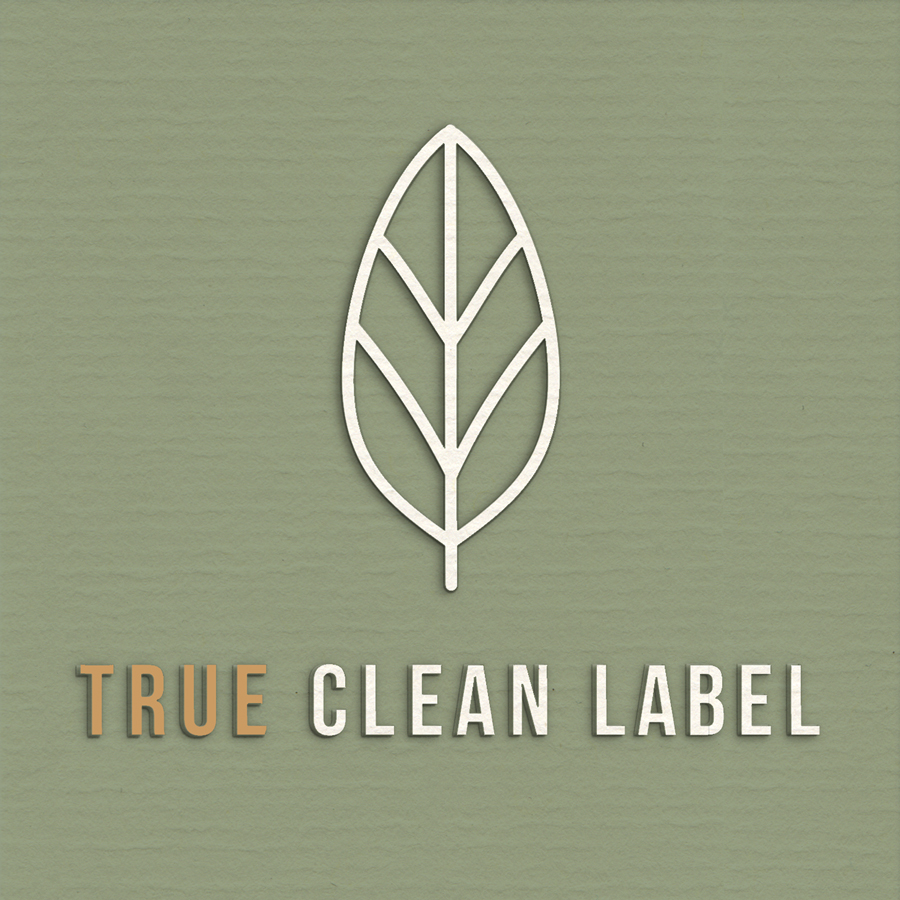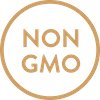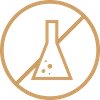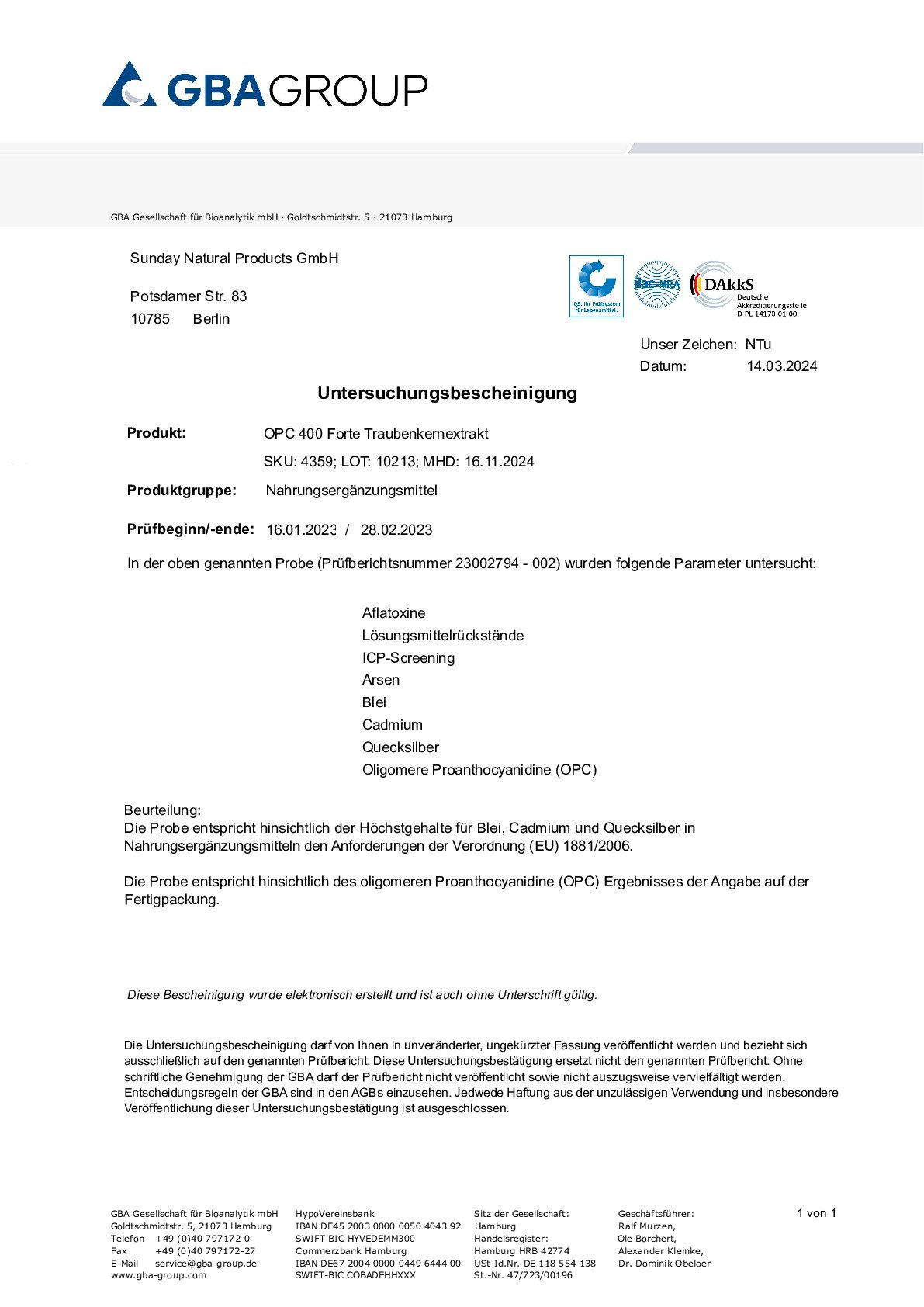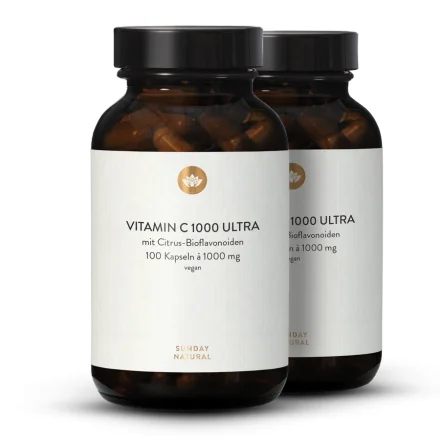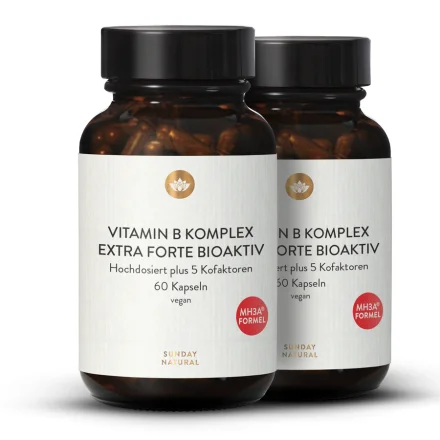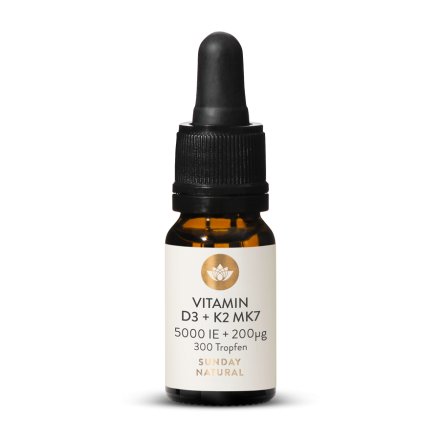OPCs (oligomeric proanthocyanidins), also referred to as vitamin P, are a group of substances belonging to the flavonols, which consist of polymers of catechins and epicatechins. Proanthocyanidins are present in a whole range of fruits and plants, including the seeds and skins of grapes, in berries and citrus fruits, as well as in the protective bark layer of trees.
The various proanthocynidins are categorised by their number of units (e.g., monomer for one unit, dimer for two). The exact definition of OPC is unclear and may only include di- to tetramers, di- to pentamers, di- to hexamers or even all proanthocyanidins except monomers.
For a long time, only the dimers and trimers were considered to be bioactive. However, this has since been disproven, allowing a complex interaction of all components of the grape seed extract (including the polymeric proanthicyanidins such as hexamers and heptamers) to be used. OPC compounds are contained in large quantities, especially in pine bark and grape seeds, in which the individual proanthocyanidins differ from each other both in form and in their effect. There is also a notable amount of vital proanthocyanidin-B3-3'-O-gallate in grape seed extract.











